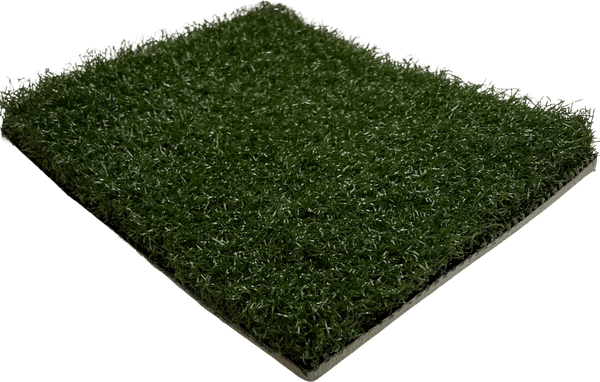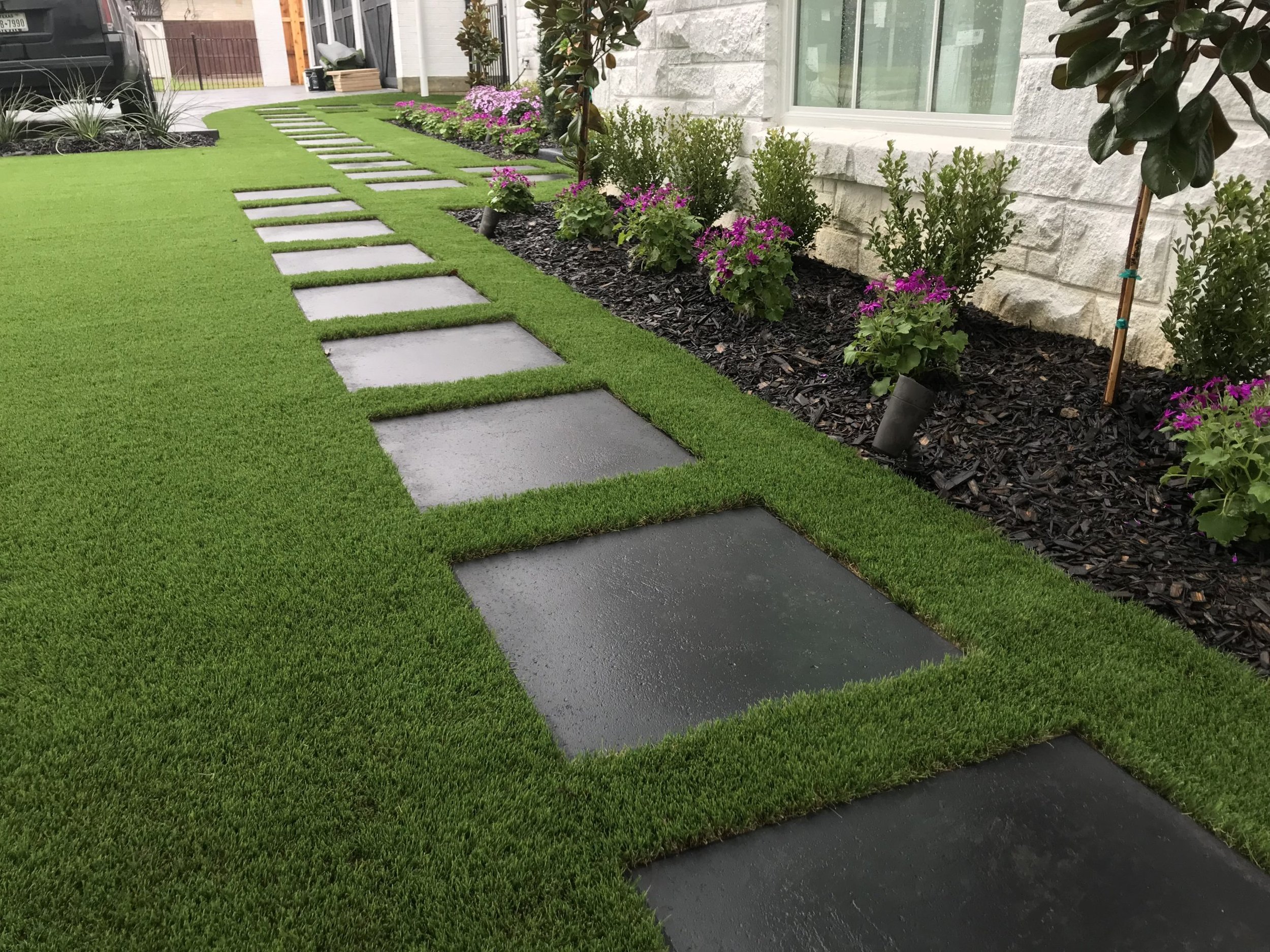Transform Your Outdoor Space with Arizona Artificial Turf for a Lush Green Look
Transform Your Outdoor Space with Arizona Artificial Turf for a Lush Green Look
Blog Article
Look Into the Environmental Benefits of Opting for Synthetic Grass Solutions
The fostering of synthetic turf options provides an engaging possibility to deal with pushing ecological difficulties. By significantly decreasing water usage and decreasing the application of damaging chemicals, these alternatives not only advertise lasting landscaping but additionally shield neighborhood ecological communities.
Water Conservation Advantages
Among one of the most considerable benefits of synthetic grass is its capability to preserve water. Conventional turf lawns require significant watering, specifically in locations vulnerable to drought or water constraints. On the other hand, man-made grass does not need watering, dramatically lowering the general demand for water resources. This feature is particularly valuable in deserts where water shortage is a pushing issue.
By removing the need for regular watering, synthetic grass adds to sustainable landscape methods and assists reduce the environmental influence of excessive water intake. Moreover, the preservation of water reaches the decrease of runoff, which can cause dirt erosion and waterway pollution.
Furthermore, the installment of synthetic grass enables towns and house owners to designate water resources a lot more efficiently, focusing on crucial uses such as drinking water and agriculture. The shift in the direction of synthetic grass not just advertises liable water usage however additionally straightens with broader ecological goals focused on protecting natural deposits.
As communities increasingly prioritize sustainability, the water conservation advantages of synthetic grass provide a compelling case for its adoption in household and business landscaping projects.
Lowered Chemical Usage
The change to synthetic grass considerably decreases the reliance on chemical treatments frequently utilized in natural grass upkeep. Traditional grass monitoring commonly entails the application of fertilizers, herbicides, and chemicals to advertise growth and control parasites. These chemicals can pose risks to human wellness, neighborhood wild animals, and the environment, adding to soil and water contamination.
In contrast, fabricated lawn gets rid of the requirement for these damaging substances. By reducing the release of artificial substances right into the environment, artificial grass advertises much healthier dirt and water systems.
Additionally, the absence of chemical overflow related to synthetic grass installments assists protect regional rivers from air pollution, supporting aquatic life and keeping biodiversity. Phoenix turf companies. As areas progressively prioritize lasting techniques, selecting artificial grass offers a practical service that straightens with ecological conservation goals. With this shift, residential property proprietors can take pleasure in lavish eco-friendly rooms without jeopardizing environmental wellness, leading the way for a more sustainable future
Reduced Carbon Footprint

Moreover, the setup of synthetic grass can cause considerable water preservation. All-natural lawns call for considerable amounts of water for watering, which not just contributes to the carbon footprint connected with water extraction and therapy but likewise pressures regional water sources. In contrast, synthetic grass needs minimal upkeep, needing no watering, thereby considerably reducing water usage and its connected energy expenses.
Additionally, the long life of artificial turf adds to its lower carbon impact. With a lifespan of up to 15 years or even more, the demand for frequent replacements is diminished, leading to less waste and lower power usage in manufacturing and throwing away conventional yard alternatives. On the whole, artificial lawn presents a lasting alternative for ecologically aware landscape design.
Habitat Conservation
Habitat conservation is an essential factor to consider in the dispute over landscaping options, especially when comparing synthetic grass to all-natural lawn. Natural turf yards often call for comprehensive upkeep, consisting of using herbicides, plant foods, and chemicals, which can adversely impact neighborhood ecosystems. These chemicals can leach right into the soil and rivers, damaging indigenous flora and animals and disrupting neighborhood habitats.
On the other hand, artificial grass presents a chance to decrease the environmental footprint of landscape design. By choosing artificial turf, homeowners can minimize the disturbance of natural habitats connected with standard lawn treatment practices. Man-made lawn eliminates the need for unsafe chemicals, consequently safeguarding close-by wildlife and maintaining the honesty of surrounding ecological communities. In addition, the installment of synthetic grass can cause the conversion of former grass areas into more biodiverse landscapes, such as pollinator yards or indigenous plant areas, which can sustain neighborhood wildlife.
Eventually, the change to synthetic grass not just conserves water and minimizes maintenance efforts look at more info yet also promotes a more harmonious partnership between human tasks and the native environment, advertising environment preservation in the process.
Long-Term Sustainability
Long-lasting sustainability is an important element in reviewing the benefits of artificial grass over conventional grass yards. One of one of the most significant benefits of synthetic grass is its longevity; it can last as much as 15-20 years with marginal upkeep, whereas all-natural yard calls for regular reseeding and substitute. This long life minimizes the need for continuous sources, such as water, plant foods, and pesticides, which are vital for maintaining a healthy grass yard.
Additionally, synthetic grass contributes to a decrease in carbon discharges associated with yard care equipment. Typical lawns frequently need gas-powered mowers, trimmers, and blowers, all of which add to air pollution. Arizona artificial turf. On the other hand, artificial grass removes the requirement for such tools, promoting a cleaner environment
Furthermore, the manufacturing of fabricated grass progressively utilizes recycled materials, boosting its sustainability account. As suppliers embrace environmentally friendly methods, the ecological footprint of synthetic grass proceeds to lessen.

Conclusion
The fostering of synthetic grass remedies presents substantial ecological benefits, consisting of significant water preservation, lowered dependence on unsafe chemicals, and a lower carbon footprint. Furthermore, synthetic turf help in maintaining natural habitats by decreasing land disturbance and advertising long-lasting sustainability through making use of durable products. Jointly, these elements underscore the capacity of synthetic grass to add favorably to ecological wellness and use a feasible option to traditional landscaping practices in a progressively resource-conscious world.
In contrast, man-made grass does not need watering, dramatically minimizing the total demand for water resources. By decreasing the launch of artificial compounds right into the ecosystem, man-made lawn advertises much healthier soil and water systems.
In addition, the installation of artificial lawn can result in significant water conservation. In contrast, visit artificial grass requires minimal maintenance, calling for no watering, thus significantly decreasing water use and its connected energy prices.

Report this page